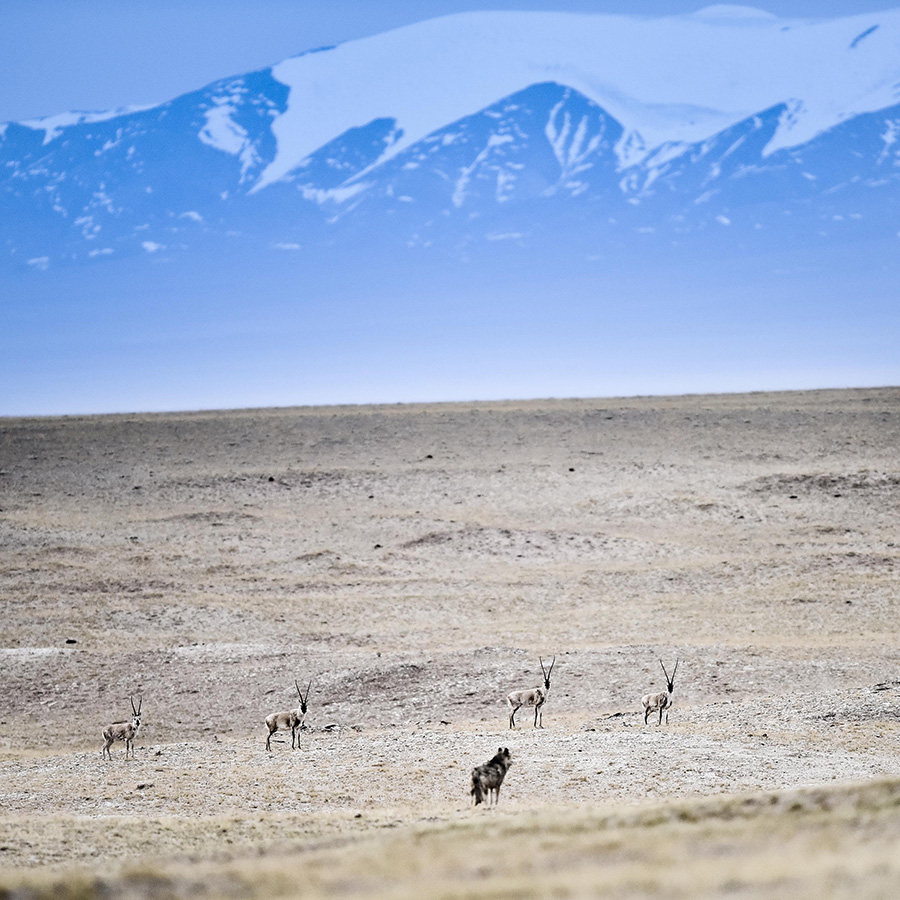 |
|
The Hoh Xil National Nature Reserve in Qinghai province is the country's most biologically diverse area. It's home to many species, including the Tibetan antelope. [Photo provided to China Daily] |
I expected they'd belong to the ubiquitous pikas that have carved the plateau's topsoil like Swiss cheese. They surface to flit between the mouths of the yawning underworld they've quarried.
But the faces peering out of these pocks in this bluff belonged to a colony of tiny owls.
The last thing I would have expected.
I'd never known these-or any raptors other than vultures, which often announced carrion's presence in Hoh Xil-to ever live in groups, let alone burrows. It seemed antithetical to all I knew about owls, which I encountered regularly while growing up in the rural United States.
And they were active around noon, which is antithetical to the nocturnal trope so accepted that we use the terms "night owl" vs "early bird".
But there they were, in front of my face, pointing their pointed faces at mine.
Real. Alive. Wild.